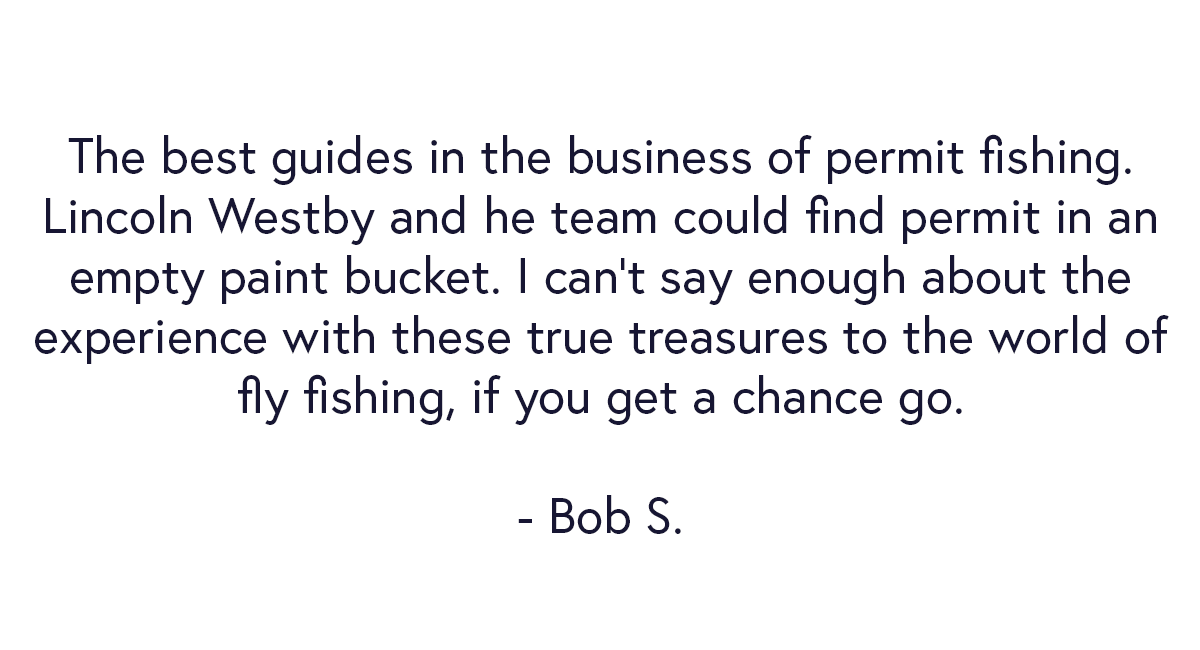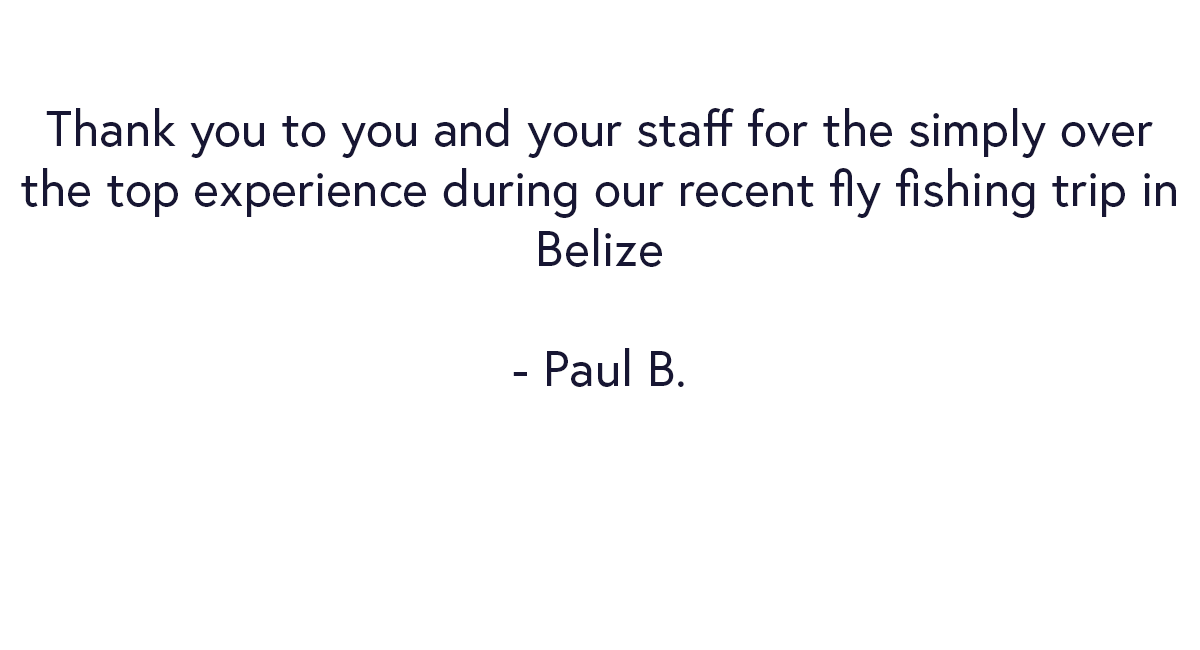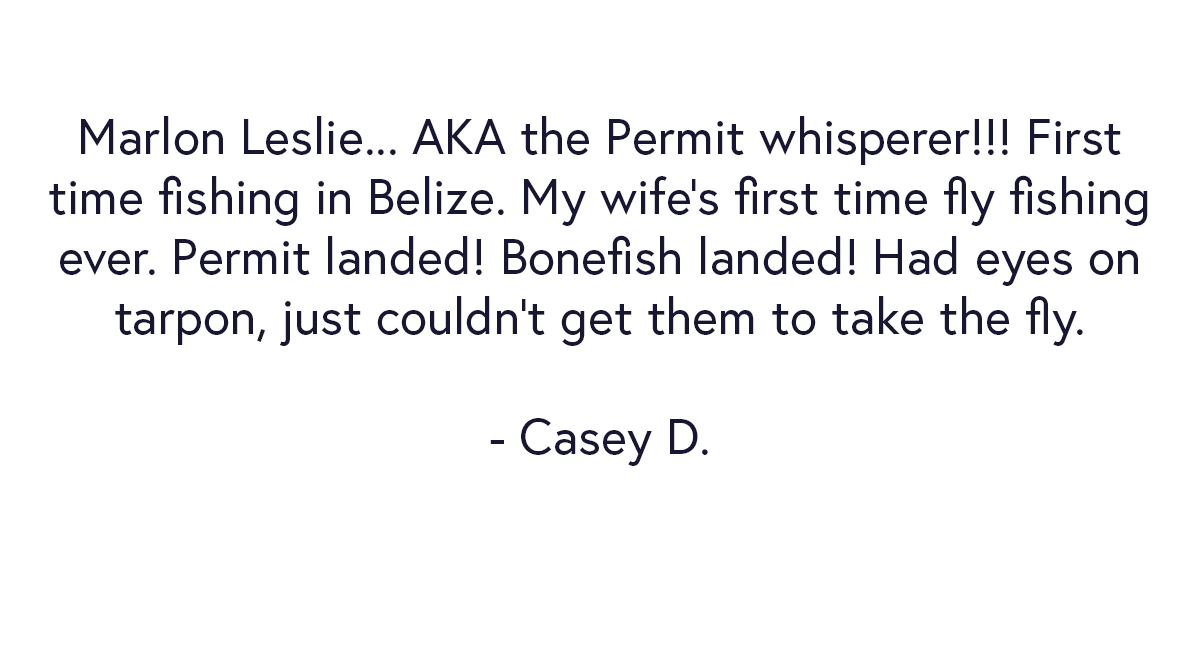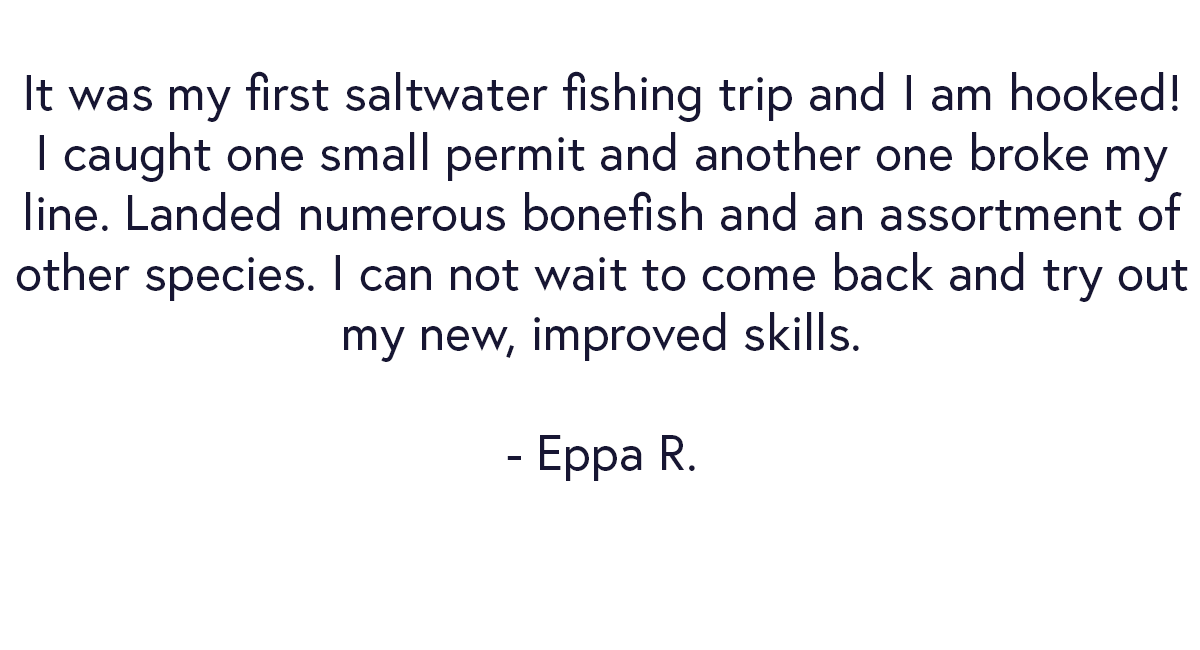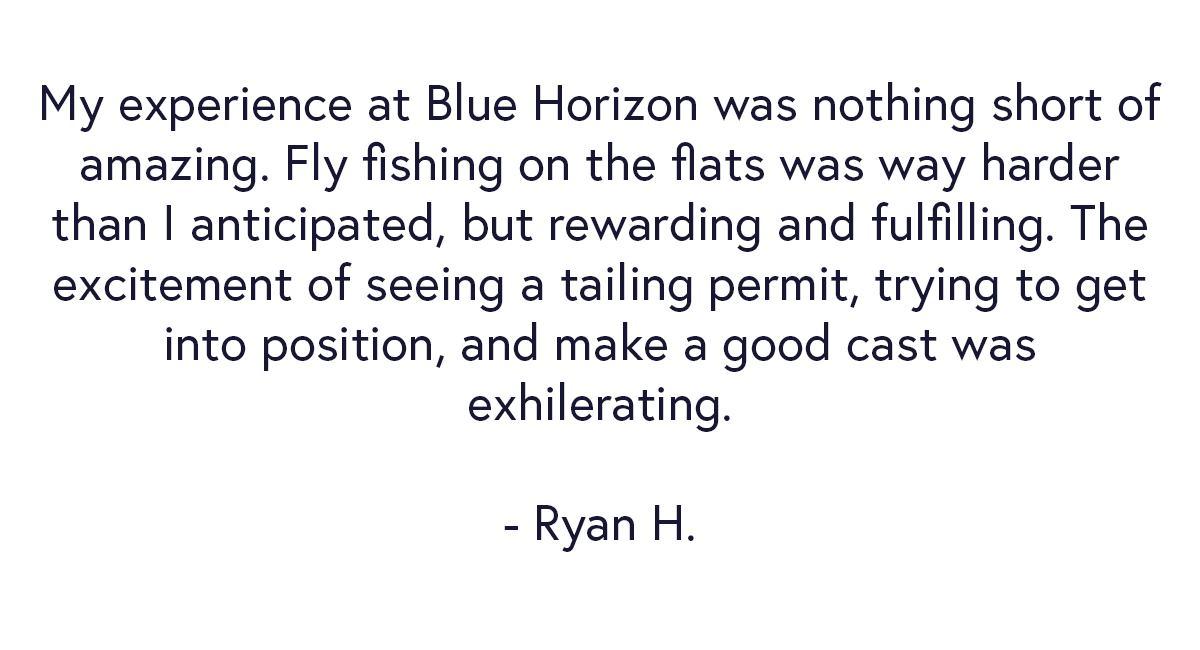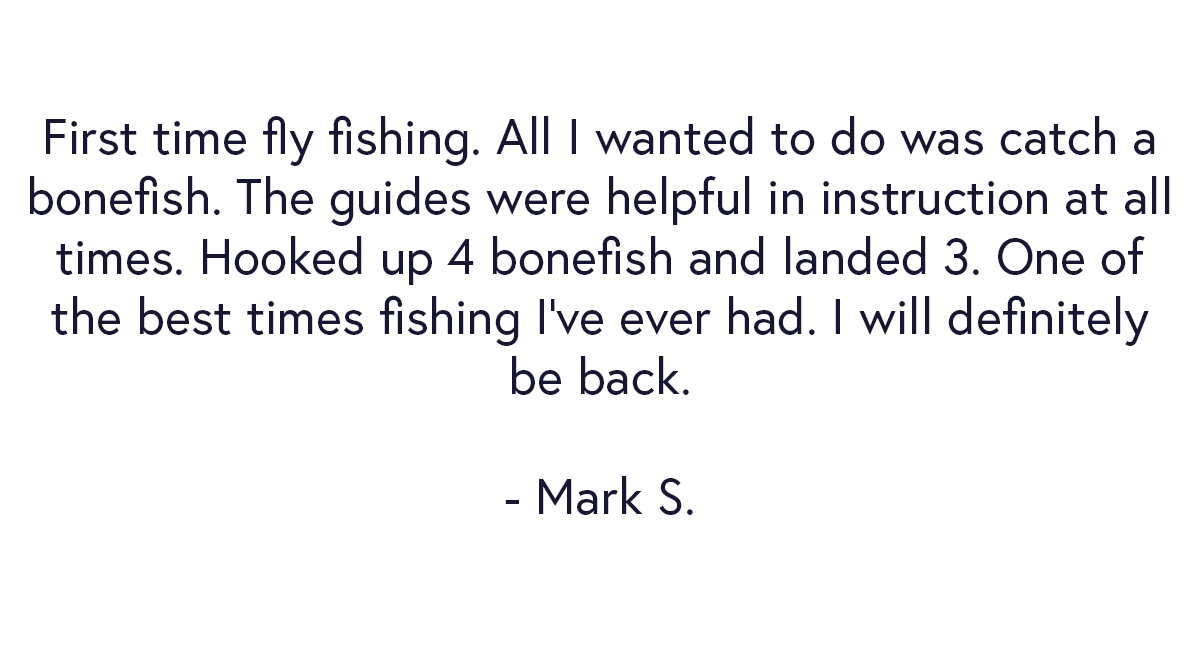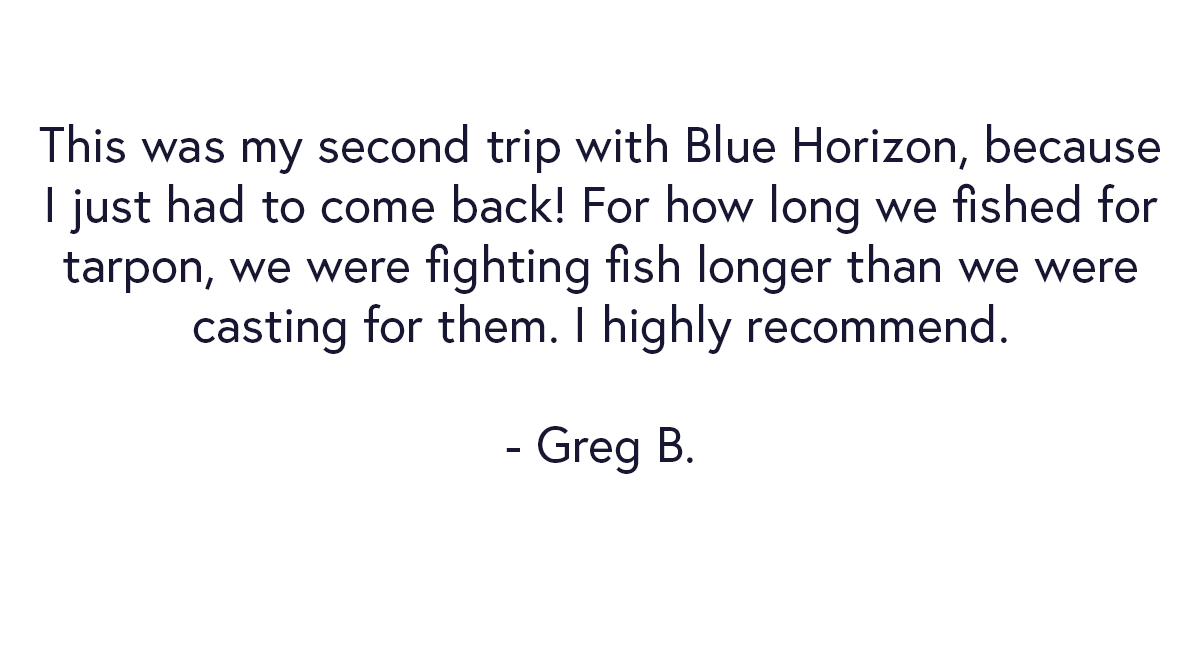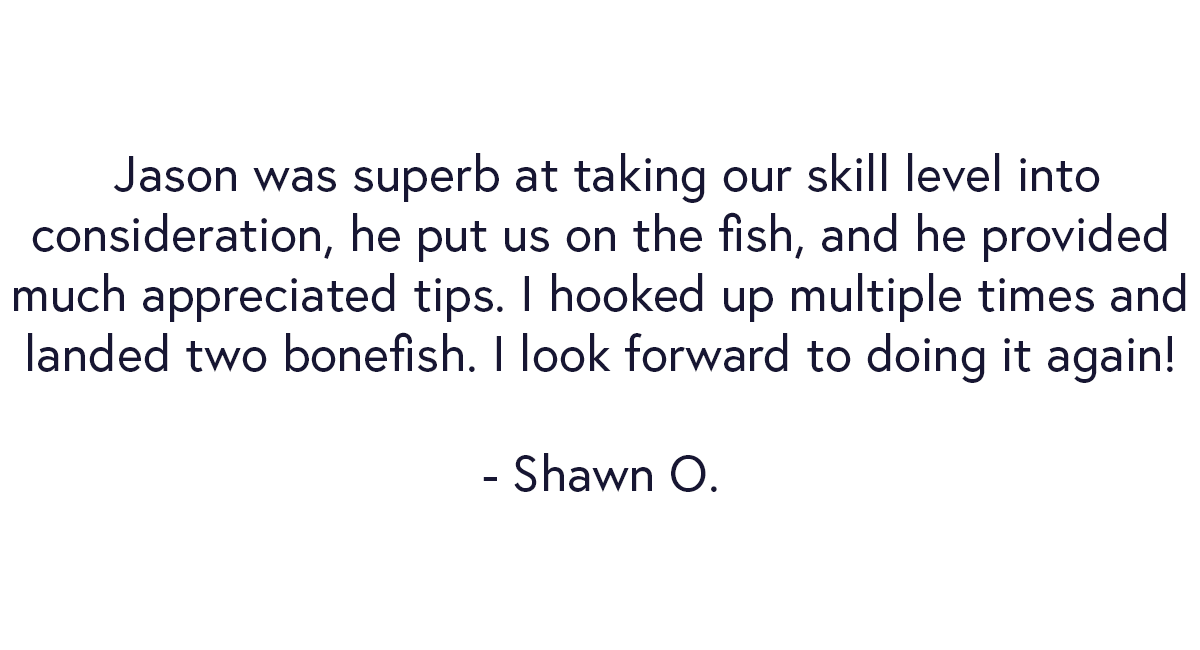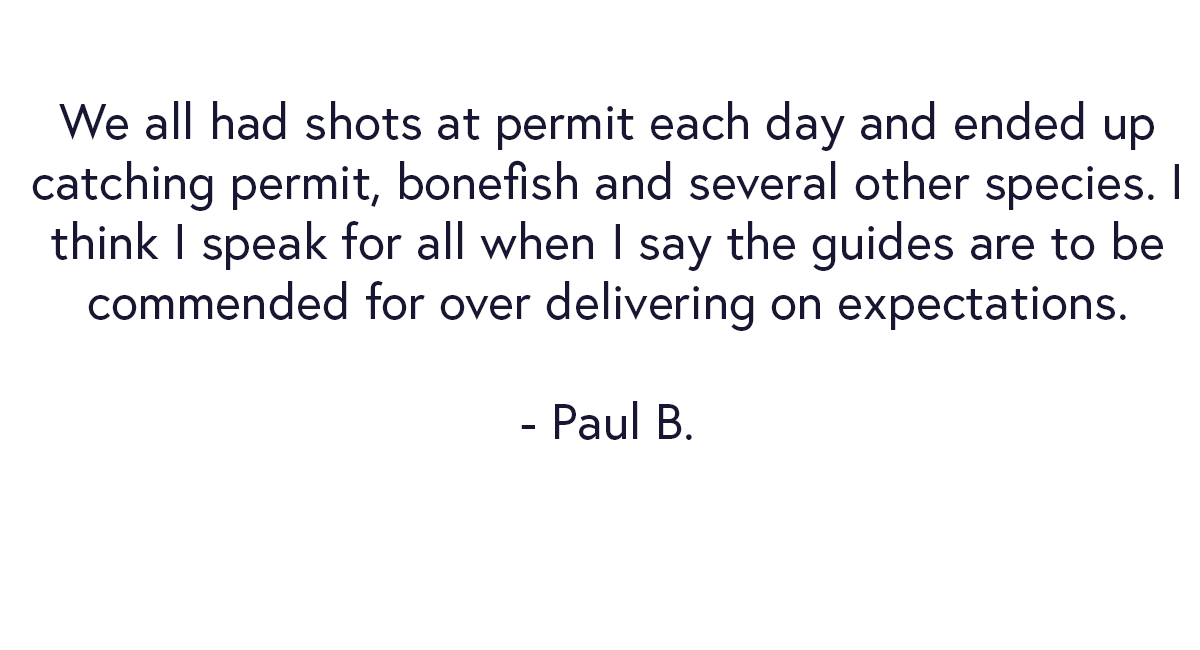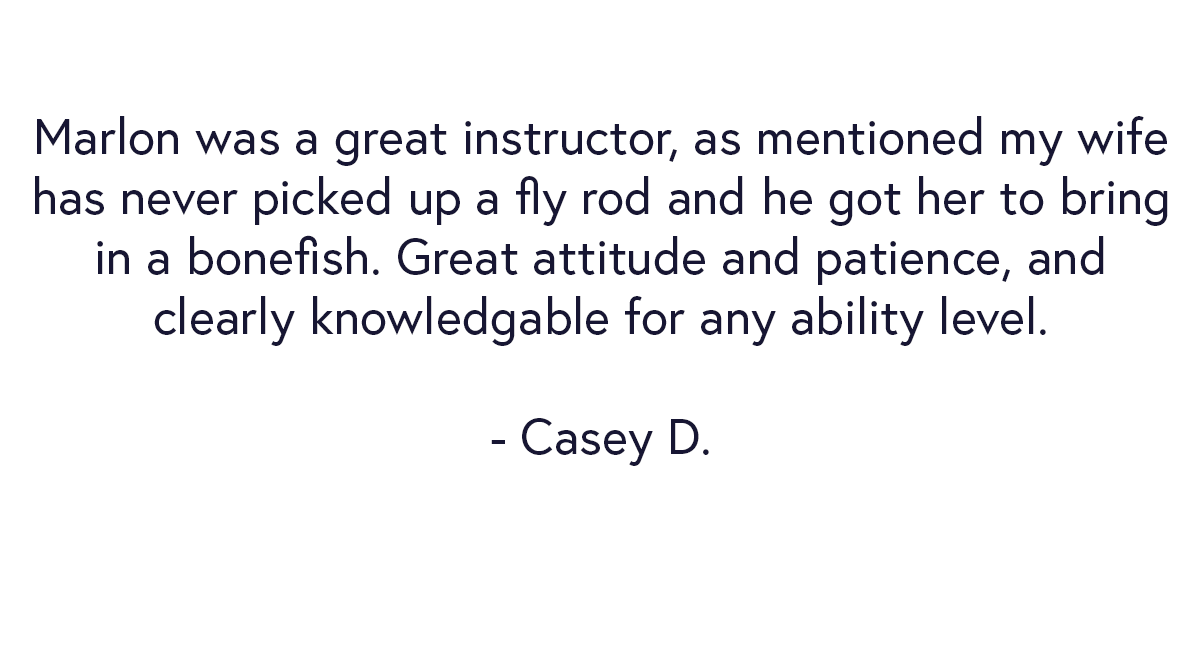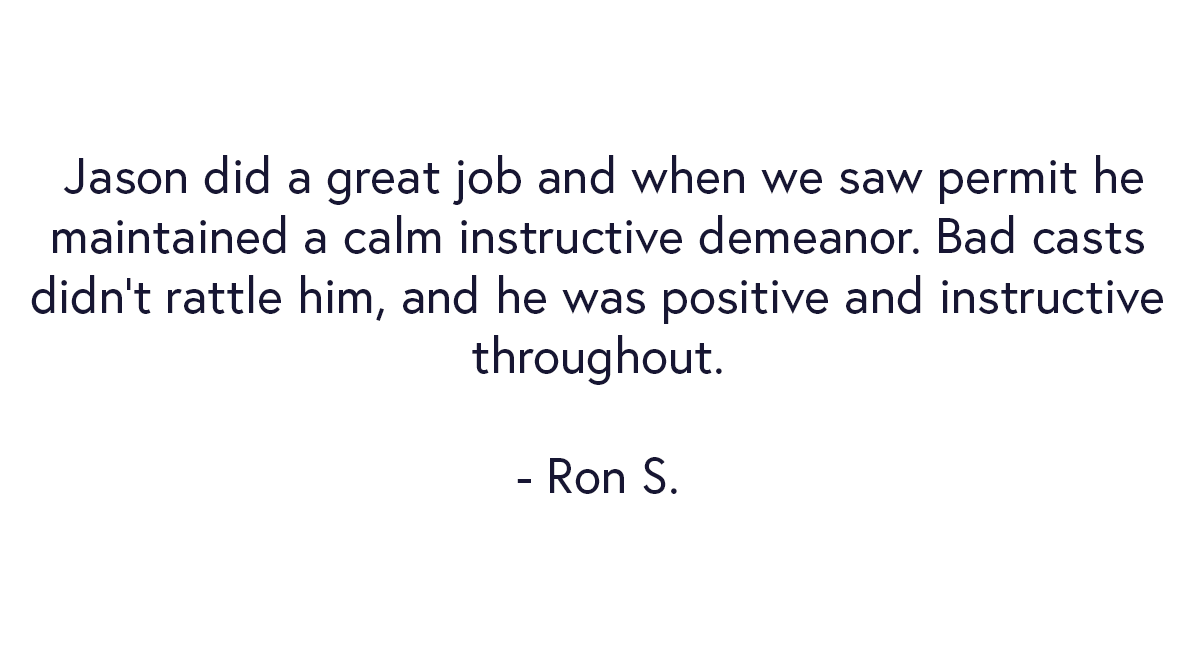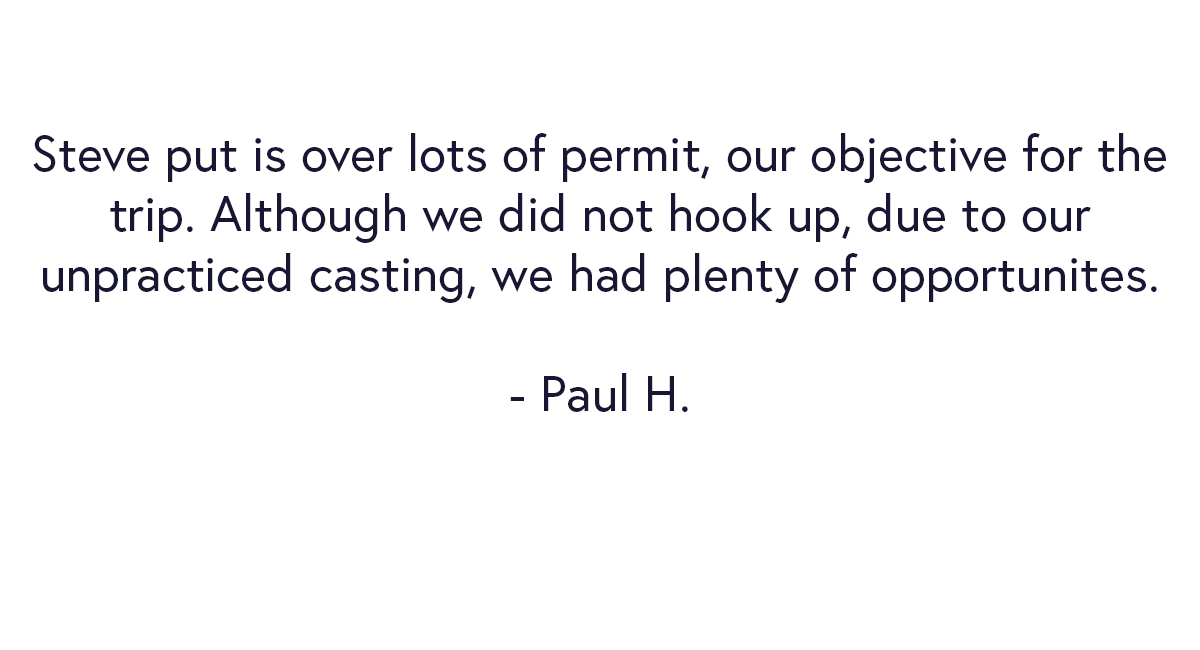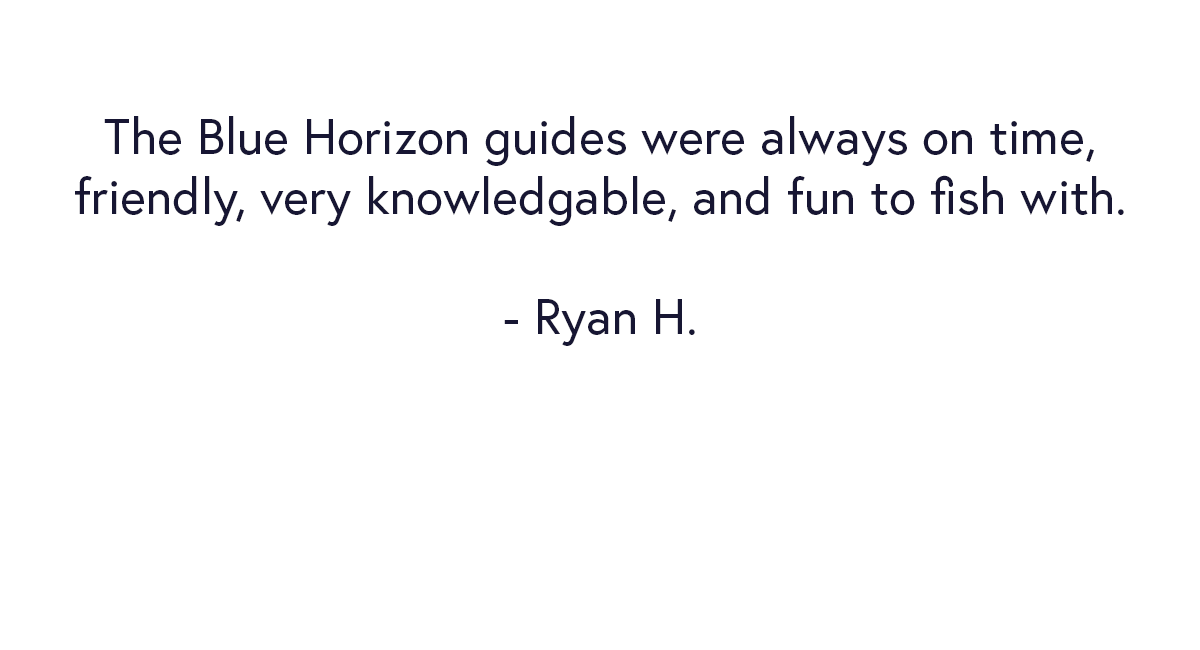Experience the Thrill: Tarpon Fishing in Belize - Your Ultimate Guide to the Silver King
Belize, a jewel in Central America, isn't just about stunning beaches and vibrant culture. For anglers worldwide, it's hallowed ground – the ultimate destination for tarpon fishing. The mere whisper of "Belize" evokes images of sun-drenched flats and the electrifying silver flash of a mighty tarpon erupting from the tranquil ocean surface with fierce aggression as you hang on to your rod for dear life. This isn't just fishing; it's an all-consuming passion, a relentless pursuit of a prehistoric creature, which can exceed 200 pounds, draws anglers from around the globe to some of the most fabled flats in the Caribbean.
The battle with a tarpon is not for the faint of heart, nor the weak of back nor will. Never underestimating their raw power and ballistic energy bursts. This is why many guides demand their anglers use an 11 or 12 weight rods, so they can land the fish quickly and unharmed. Once the hook is set, prepare for an epic duel marked by breathtaking aerial acrobatics and tug-o-wars of sheer brute force. It's common for fish over 60 pounds to peel line off your reel, screaming deep into the backing. Land one of these silver kings, and you'll understand the obsession – and the satisfying exhaustion that follows!
The Unique Allure of Tarpon
What makes the tarpon, scientifically known as Megalops atlanticus, so captivating? Beyond their size and fighting prowess, they possess remarkable adaptations. Despite being a premier saltwater game fish, they can thrive in freshwater and brackish environments. Their primitive lung allows them to gulp air at the surface – a signal for anglers hunting for ‘rollers’ the creeks, rivers, or channels. Seeing a tarpon rolling on the surface is an invitation for a well-placed cast near where the last "roll" often results in an explosive eat.
Prime Tarpon Habitats in Belize
Belize offers a diverse range of environments for targeting tarpon, each presenting unique challenges and rewards:
Flats and Ocean Lagoons: This is the quintessential tarpon fishing experience. Imagine drifting across shallow, clear ocean waters, often chest-deep, as your experienced guideexpertly poles the boat, and scans for these special fish. Their eyes scanning for the subtle shadow or movement of a cruising tarpon. In ideal conditions, these magnificent fish can be spotted from considerable distances, providing ample time for strategic positioning and fly presentation. Floating fly lines are the preferred choice here, allowing for "head-on" or "crossing" presentations to intercept patrolling fish. The famed tarpon flats of northern Belize – Miami Beach, Long Caye, and Savanna Flats – hold tarpon year-round, with peak season during the summer months.
Creeks and Rivers: In these often murky, brackish waters, blind casting becomes a highly effective technique. The invaluable knowledge of a local guide significantly increases your chances of success. They'll direct your casts to areas where tarpon are frequently seen rolling or have been consistently caught in the past. Intermediate full sinking lines or sink tip lines are your best tools in this environment. The tarpon inhabiting these waters are typically "juvenile" tarpon, ranging in size from a few pounds up to around 30 pounds.
River Mouths: Where the nutrient-rich brackish water meets the saltwater, river mouths become prime feeding zones for tarpon (and other species like snook and jacks). Similar to fishing rivers and creeks, these confluence zones attract large schools of baitfish. Targeting river mouths just after or during a flooding event can be particularly productive as the high waters flush out a bounty of forage fish. Keep a keen eye out for rolling tarpon and "nervous" water – indicators of feeding activity. Again, blind casting with an intermediate fly line is often the most effective approach.
Channels: The deep channels that carve through the coral reefs are prime locations for both resident and migratory tarpon. Here, it's not uncommon to find these two groups mingling. Typically, these "ocean" tarpon are larger, with encounters of fish under 40 pounds being rare, and trophy-sized fish easily pushing into the triple digits. Fishing during a tide "swing" – either nearing the peak of the outgoing or the incoming tide – is crucial, as moving water can motivate tarpon to “go on the feed”. Given the depth of many channels (up to 50 feet), a heavy sink tip fly line is essential. Our preferred choice for this type of tarpon fishing is the Rio Leviathan 500 grain sink tip.
Planning Your Belize Tarpon Fishing Trip: Timing is Key
Belize experiences distinct wet (June to November) and dry (December to May) seasons. While temperatures remain relatively consistent, these seasons significantly influence fishing success. While tarpon can be found through out the year, certain times of the year have increased likelihood of encountering them.
December – January: During the ‘winter’ months, remnants of North American cold fronts can bring clouds, rain, and wind (a strong "Nor'easter" in the States often translates to tougher fishing in Belize the following week), and temperatures can dip into the 70s, feeling surprisingly cooler. Your guide might even sport a puff coat and beanie! Weather can be the most significant factor during this time of the year. If the weather has been calm and clear for a few days, you will likely have great fishing for all species. But, if a cold front comes down from the north, it can be difficult to even find any fish (they must move to deeper water that has the temperature they prefer). However, extended periods of northerly winds can push baitfish into sheltered areas, attracting concentrations of resident tarpon and cruising snook. Finding a school of tarpon crashing a concentration of bait, is about the only silver lining to ‘cold front’ season.
February – May: This is the prime time for serious permit fishing, as water temperatures on the flats move in the ideal for permit. Bonefishing remains excellent, and tarpon fishing steadily improves. The first migratory tarpon typically arrive around the full moon in April or May, remaining in good numbers until early fall and when concentrations of bait fish are found, the tarpon are almost always right there with them.
June – August: Prepare for the peak of the tarpon migration! This is when the largest tarpon arrive in consistent numbers, with many exceeding the coveted 100-pound mark. Often light winds during this period enhance visibility and casting accuracy for all species. This is also the optimal time for a Grand Slam (catching a tarpon, permit, and bonefish in a single day), as permit flats remain productive, and the lack of angling pressure can make them less wary. Bonefish can be found with almost guaranteed consistency.
September – mid-November: If Tropical Storm or Hurricane is going to threaten Belize, it will most likely happen in this window. But don’t let that spook you off. While weather can be unpredictable, the fishing for tarpon, bonefish, and permit can be exceptional. On calm clear days, your chances of having great fishing for permit, tarpon and bonefish, are as high as any other month. But, when rain prevails, sight fishing can be challenging, making blind casting in rivers, creeks, and channels a productive strategy for landing quality tarpon.
Whether you're a seasoned angler or a newcomer to the sport, the allure of tarpon fishing in Belize is undeniable. It's more than just a fishing trip; it's an immersion into a world of powerful fish, stunning landscapes, and the unwavering pursuit of the Silver King.
At Blue Horizon Lodge, we are fortunate to have a resident school of tarpon frequently seen rolling just off the coral reef in front of the lodge, offering year-round opportunities. These resident fish are often joined by migrating tarpon, forming impressive schools of 50 or more. It is common for our guides to suggest going out for a quick fishing session before breakfast and our guests to have a tarpon to hand before the day has really begun.
Are you ready to answer the call?
For more information about fly fishing for tarpon at Blue Horizon Lodge, please email: info@bluehorizonbelize.com or call 1-800-313-1672






![Big news today, Belize’s International Airport (BZE) will reopen on August 15th, 2020. The guides and the rest of the team at @bluehorizonbelize are beyond thrilled to get back on the water. [LINK IN BIO] for more information.
~
~
800.313.1672](https://images.squarespace-cdn.com/content/v1/55267a84e4b0410f3276ac29/1593204378183-F46B4LVPCE0HDU39GHA1/image-asset.jpeg)
![We cannot wait to have you experience the all-new rebuilt Blue Horizon Lodge. [LINK IN BIO] to inquire today.
~
~
800.313.1672 | bluehorizonbelize.com
~
~
#bluehorizonbelize #bluehorizonlodge #permitonfly #permitfly #permitalley #belize #belizefishin](https://images.squarespace-cdn.com/content/v1/55267a84e4b0410f3276ac29/1593204378633-S8TUTT8HHJL4UN9VLNJA/image-asset.jpeg)

